How to make your child a tax-free millionaire by age 37
Exclusive research for MoneyWeek reveals how funding an ISA and a pension for your child until age 18 could build up a seven-figure sum by the time they reach 37. We look at how you can make your child a tax-free millionaire.


If you’re looking to save for your children, making use of tax-efficient savings such as ISAs and pension could see them enjoy life as millionaires before they hit age 40.
Diligently saving for your child from when they’re a newborn baby until age 18, while taking advantage of generous tax breaks, could turn your child into a tax-free millionaire before they hit 40.
In fact, squirrelling cash away for them over 18 years could turn a £213,840 outlay into £1,021,765 by age 37, thanks to the power of compound growth and tax relief.
MoneyWeek
Subscribe to MoneyWeek today and get your first six magazine issues absolutely FREE

Sign up to Money Morning
Don't miss the latest investment and personal finances news, market analysis, plus money-saving tips with our free twice-daily newsletter
Don't miss the latest investment and personal finances news, market analysis, plus money-saving tips with our free twice-daily newsletter
This is according to exclusive research by the investment platform Bestinvest, which looks at saving into a pension for a child, as well as a junior ISA (JISA).
“When it comes to putting some money aside to give a child a financial head start in life, most parents and grandparents will probably have in mind building up a pot of money in a junior ISA, which can help with financial challenges faced in early adulthood,” Jason Hollands, managing director of Bestinvest, tells MoneyWeek.
“However, less known about is the ability to fund a pension for a child. It may seem odd to put money aside for the future retirement of a child that they won’t be able to access for decades, but the powerful combination of time, tax relief and compound growth means it could be one of the best financial gifts you make – enabling them to live their lives knowing their retirement is substantially sorted.”
We run through how the figures add up to make your child a tax-free millionaire by the time they reach their 37th birthday, how junior ISAs and child pensions work, and how much you can contribute.
How to make your child a tax-free millionaire
Bestinvest crunched the figures to show how a parent, guardian or grandparent contributing the maximum junior ISA and pension allowances for a child each year from age zero to 18 can build up a seven-figure sum of money.
Up to £2,880 can be contributed to a pension each year for a child. Despite the fact few children pay income tax, they still benefit from tax relief, which is worth up to £720 a year.
So, if you pay the full £2,880 into a child’s pension, such as a junior self-invested personal pension (Sipp), then with tax relief added on top, a total gross amount of £3,600 can be put aside in a child’s pension each year.
With junior ISAs, there’s a maximum allowance of £9,000 that can be contributed each tax year.
“For those in the position to maximise both junior ISAs and pension contributions for a child’s first 18 years, a very substantial tax-efficient war chest could be built up,” notes Hollands.
If we assume that JISA and child pension allowances remain at their current levels, and that the contributions are made as lump sum investments each year for 18 years, then the maximum that could be contributed over 18 years would be £213,840 in total, comprising £162,000 in a JISA and £51,840 in a pension. The pension would then be topped up by the government with an additional £12,960, making gross pension contributions of £64,900 in total.
| Junior ISA | Pension | Total outlay | Pension top-up | |
| Maximum annual contribution | £9,000 | £2,880 | £11,880 | £720 |
| Contributions over 18 years | £162,000 | £51,840 | £213,840 | £12,960 |
Source: Bestinvest
If we assume a 5% compound annual growth rate net of costs, then after 18 years the junior ISA would be worth £269,048 and the pension would be worth £107,619 – an impressive £376,688 combined.
Were no further contributions to be made thereafter and the JISA and pension were left untouched, the value of the combined accounts would grow to be worth more than £1 million before the fortunate beneficiary reached age 40. In fact, the calculations show that they would become a tax-free millionaire by age 37, with a pot of £729,832 that had originally been built up in the JISA, and £291,933 in their pension.
| Age | Junior ISA subscription | JISA value 12 months later | Child Sipp gross contribution | Child Sipp value 12 months later | TOTAL VALUE |
| 0 | £9,000.00 | £9,460.46 | £3,600.00 | £3,784.18 | £13,244.64 |
| 1 | £9,000.00 | £19,404.93 | £3,600.00 | £7,761.97 | £27,166.90 |
| 2 | £9,000.00 | £29,858.18 | £3,600.00 | £11,943.27 | £41,801.45 |
| 3 | £9,000.00 | £40,846.24 | £3,600.00 | £16,338.49 | £57,184.73 |
| 4 | £9,000.00 | £52,396.47 | £3,600.00 | £20,958.59 | £73,355.05 |
| 5 | £9,000.00 | £64,537.63 | £3,600.00 | £25,815.05 | £90,352.68 |
| 6 | £9,000.00 | £77,299.95 | £3,600.00 | £30,919.98 | £108,219.93 |
| 7 | £9,000.00 | £90,715.22 | £3,600.00 | £36,286.09 | £127,001.31 |
| 8 | £9,000.00 | £104,816.84 | £3,600.00 | £41,926.74 | £146,743.57 |
| 9 | £9,000.00 | £119,639.92 | £3,600.00 | £47,855.97 | £167,495.89 |
| 10 | £9,000.00 | £135,221.39 | £3,600.00 | £54,088.55 | £189,309.94 |
| 11 | £9,000.00 | £151,600.03 | £3,600.00 | £60,640.01 | £212,240.04 |
| 12 | £9,000.00 | £168,816.63 | £3,600.00 | £67,526.65 | £236,343.28 |
| 13 | £9,000.00 | £186,914.07 | £3,600.00 | £74,765.63 | £261,679.69 |
| 14 | £9,000.00 | £205,937.40 | £3,600.00 | £82,374.96 | £288,312.36 |
| 15 | £9,000.00 | £225,934.01 | £3,600.00 | £90,373.60 | £316,307.61 |
| 16 | £9,000.00 | £246,953.68 | £3,600.00 | £98,781.47 | £345,735.15 |
| 17 | £9,000.00 | £269,048.75 | £3,600.00 | £107,619.50 | £376,668.25 |
| 18 | Row 19 - Cell 1 | £282,813.80 | Row 19 - Cell 3 | £113,125.52 | £395,939.31 |
| 19 | Row 20 - Cell 1 | £297,283.09 | Row 20 - Cell 3 | £118,913.23 | £416,196.32 |
| 20 | Row 21 - Cell 1 | £312,492.65 | Row 21 - Cell 3 | £124,997.06 | £437,489.71 |
| 21 | Row 22 - Cell 1 | £328,480.37 | Row 22 - Cell 3 | £131,392.15 | £459,872.52 |
| 22 | Row 23 - Cell 1 | £345,286.05 | Row 23 - Cell 3 | £138,114.42 | £483,400.47 |
| 23 | Row 24 - Cell 1 | £362,951.54 | Row 24 - Cell 3 | £145,180.62 | £508,132.16 |
| 24 | Row 25 - Cell 1 | £381,520.83 | Row 25 - Cell 3 | £152,608.33 | £534,129.16 |
| 25 | Row 26 - Cell 1 | £401,040.16 | Row 26 - Cell 3 | £160,416.06 | £561,456.22 |
| 26 | Row 27 - Cell 1 | £421,558.13 | Row 27 - Cell 3 | £168,623.25 | £590,181.39 |
| 27 | Row 28 - Cell 1 | £443,125.85 | Row 28 - Cell 3 | £177,250.34 | £620,376.19 |
| 28 | Row 29 - Cell 1 | £465,797.01 | Row 29 - Cell 3 | £186,318.80 | £652,115.81 |
| 29 | Row 30 - Cell 1 | £489,628.07 | Row 30 - Cell 3 | £195,851.23 | £685,479.29 |
| 30 | Row 31 - Cell 1 | £514,678.37 | Row 31 - Cell 3 | £205,871.35 | £720,549.72 |
| 31 | Row 32 - Cell 1 | £541,010.29 | Row 32 - Cell 3 | £216,404.12 | £757,414.41 |
| 32 | Row 33 - Cell 1 | £568,689.40 | Row 33 - Cell 3 | £227,475.76 | £796,165.16 |
| 33 | Row 34 - Cell 1 | £597,784.63 | Row 34 - Cell 3 | £239,113.85 | £836,898.49 |
| 34 | Row 35 - Cell 1 | £628,368.43 | Row 35 - Cell 3 | £251,347.37 | £879,715.80 |
| 35 | Row 36 - Cell 1 | £660,516.95 | Row 36 - Cell 3 | £264,206.78 | £924,723.73 |
| 36 | Row 37 - Cell 1 | £694,310.25 | Row 37 - Cell 3 | £277,724.10 | £972,034.35 |
| 37 | Row 38 - Cell 1 | £729,832.48 | Row 38 - Cell 3 | £291,932.99 | £1,021,765.47 |
| 38 | Row 39 - Cell 1 | £767,172.10 | Row 39 - Cell 3 | £306,868.84 | £1,074,040.93 |
| 39 | Row 40 - Cell 1 | £806,422.08 | Row 40 - Cell 3 | £322,568.83 | £1,128,990.91 |
| 40 | Row 41 - Cell 1 | £847,680.16 | Row 41 - Cell 3 | £339,072.06 | £1,186,752.22 |
| 41 | Row 42 - Cell 1 | £891,049.09 | Row 42 - Cell 3 | £356,419.63 | £1,247,468.72 |
| 42 | Row 43 - Cell 1 | £936,636.85 | Row 43 - Cell 3 | £374,654.74 | £1,311,291.59 |
| 43 | Row 44 - Cell 1 | £984,556.97 | Row 44 - Cell 3 | £393,822.79 | £1,378,379.75 |
Source: Bestinvest. Assumes 5% annual growth, net of fees.
Two more ways to boost the tax-free cash
And that’s not all. These investments could be turbo-charged even further. First, it’s possible to benefit from another government bonus by recycling the JISA cash each year from age 18 into a lifetime ISA. These accounts are boosted by a 25% top-up from the state, worth up to £1,000 each year.
Note that the junior ISA will roll over into an adult ISA at age 18, unless the teenager chooses to take the cash out. While some young adults will draw on this fund to help them get through college or university, or perhaps pay for a gap year travelling, for those thinking about using the money to get onto the property ladder, a lifetime ISA could be a smart choice. Withdrawals can either be used to buy a first home, or to fund retirement.
Second, the child pension will continue to grow. At age 37, it’s reached more than £290,000 in size, but of course pensions can’t be accessed until you near retirement (from 2028 the earliest point of access will be 57 years, and this will likely rise in future). If the pot continues to grow by 5% each year, then the value will hit £1.23 million by the time the “child” is in their mid-sixties.
“A £1.23 million pension pot for a cash cost of £51,840 (spread across 18 years) is pretty impressive,” comments Hollands.
“Alongside this, they are likely to also have accumulated some workplace pensions too.”
How do junior ISAs work?
Like adult ISAs, there are two types of junior ISA: cash, and stocks and shares. Only a parent or legal guardian can open a JISA, but once open anyone can contribute to it.
As mentioned, the annual allowance is £9,000, so you could contribute £2,000 to a cash junior ISA, while up to £7,000 is paid into a stocks and shares account. For young children, a junior stocks and shares ISA is often a better choice, because shares almost always beat cash over long time periods.
For example, if you opened a junior ISA for a baby, the money can’t be withdrawn until the child turns 18, giving you a long timeframe. So you should have time for the child’s savings to ride out any market downturns.
The £9,000 allowance is in addition to the £20,000 limit that adults have for their ISAs.
The cash inside the junior ISA belongs to the child and cannot be withdrawn until they reach 18, although teenagers can take control of the account from age 16.
How do child pensions work?
Child pensions are normally known as junior Sipps. They are similar to a junior ISA in that only a parent or legal guardian can set up the pension fund, but anyone can contribute to it.
The parent manages the pension until the child turns 18, at which point control passes automatically to them. The maximum amount you can contribute each tax year is £2,880. The government adds £720 basic tax relief (20%), taking the total up to £3,600.
You can pay money in as a single lump sum, or set up a regular savings plan.
Like other pensions, the cash is locked away until later in life: this is currently age 55, but it will rise to 57 in 2028.
Several investment platforms offer junior Sipps, such as Fidelity, Bestinvest and Hargreaves Lansdown.
Always check the fees and that you’re happy with the investment choice before signing up to a Sipp or ISA.
Get the latest financial news, insights and expert analysis from our award-winning MoneyWeek team, to help you understand what really matters when it comes to your finances.

Ruth is an award-winning financial journalist with more than 15 years' experience of working on national newspapers, websites and specialist magazines.
She is passionate about helping people feel more confident about their finances. She was previously editor of Times Money Mentor, and prior to that was deputy Money editor at The Sunday Times.
A multi-award winning journalist, Ruth started her career on a pensions magazine at the FT Group, and has also worked at Money Observer and Money Advice Service.
Outside of work, she is a mum to two young children, while also serving as a magistrate and an NHS volunteer.
-
 ‘Why I have ditched my Help to Buy ISA for cash savings and the stock market’
‘Why I have ditched my Help to Buy ISA for cash savings and the stock market’Without the 25% bonus, my Help to Buy ISA is effectively redundant, says MoneyWeek writer Sam Walker.
-
 Is your inheritance tax allowance cut if you sell to downsize or sell your home to pay for care?
Is your inheritance tax allowance cut if you sell to downsize or sell your home to pay for care?Downsizing relief is a little-known benefit that could save your loved ones tens of thousands of pounds in inheritance tax after you’ve died.
-
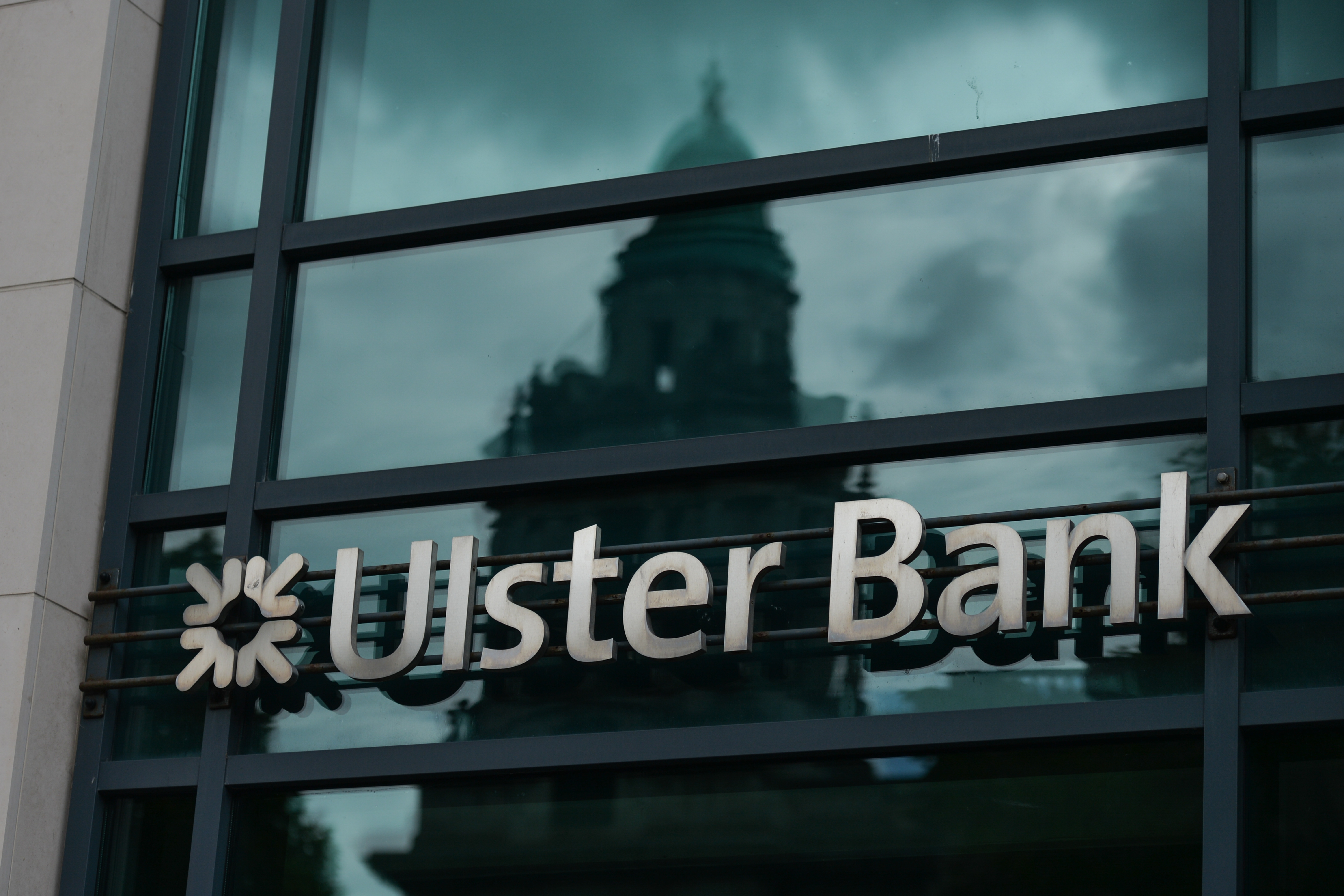 Act now to bag NatWest-owned Ulster Bank's 5.2% easy access savings account
Act now to bag NatWest-owned Ulster Bank's 5.2% easy access savings accountUlster Bank is offering savers the chance to earn 5.2% on their cash savings, but you need to act fast as easy access rates are falling. We have all the details
-
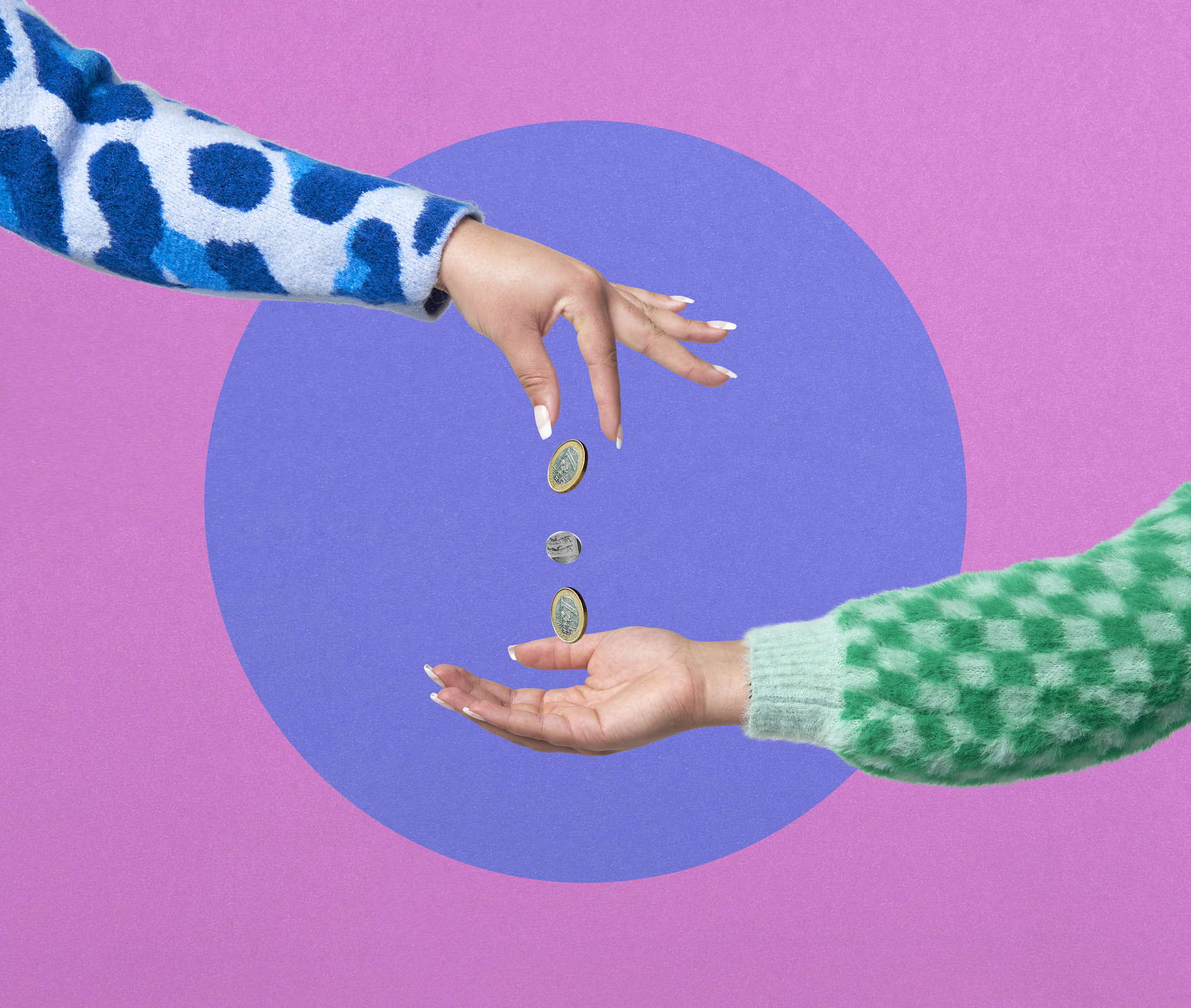 Moneybox raises market-leading cash ISA to 5%
Moneybox raises market-leading cash ISA to 5%Savings and investing app MoneyBox has boosted the rate on its cash ISA again, hiking it from 4.75% to 5% making it one of top rates. We have all the details.
-
 October NS&I Premium Bonds winners - check now to see what you won
October NS&I Premium Bonds winners - check now to see what you wonNS&I Premium Bonds holders can check now to see if they have won a prize this month. We explain how to check your premium bonds
-
 The best packaged bank accounts
The best packaged bank accountsAdvice Packaged bank accounts can offer great value with useful additional perks – but get it wrong and you could be out of pocket
-
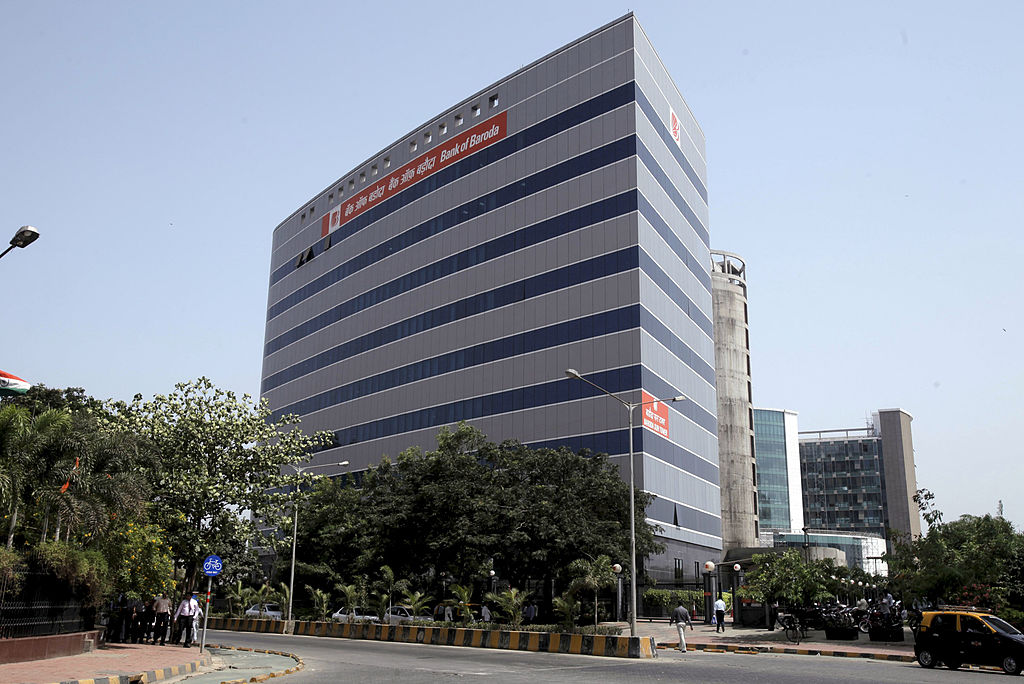 Bank of Baroda closes doors to UK retail banking
Bank of Baroda closes doors to UK retail bankingAfter almost 70 years of operating in the UK, one of India’s largest bank is shutting up shop in the UK retail banking market. We explain everything you need to know if you have savings or a current account with Bank of Baroda
-
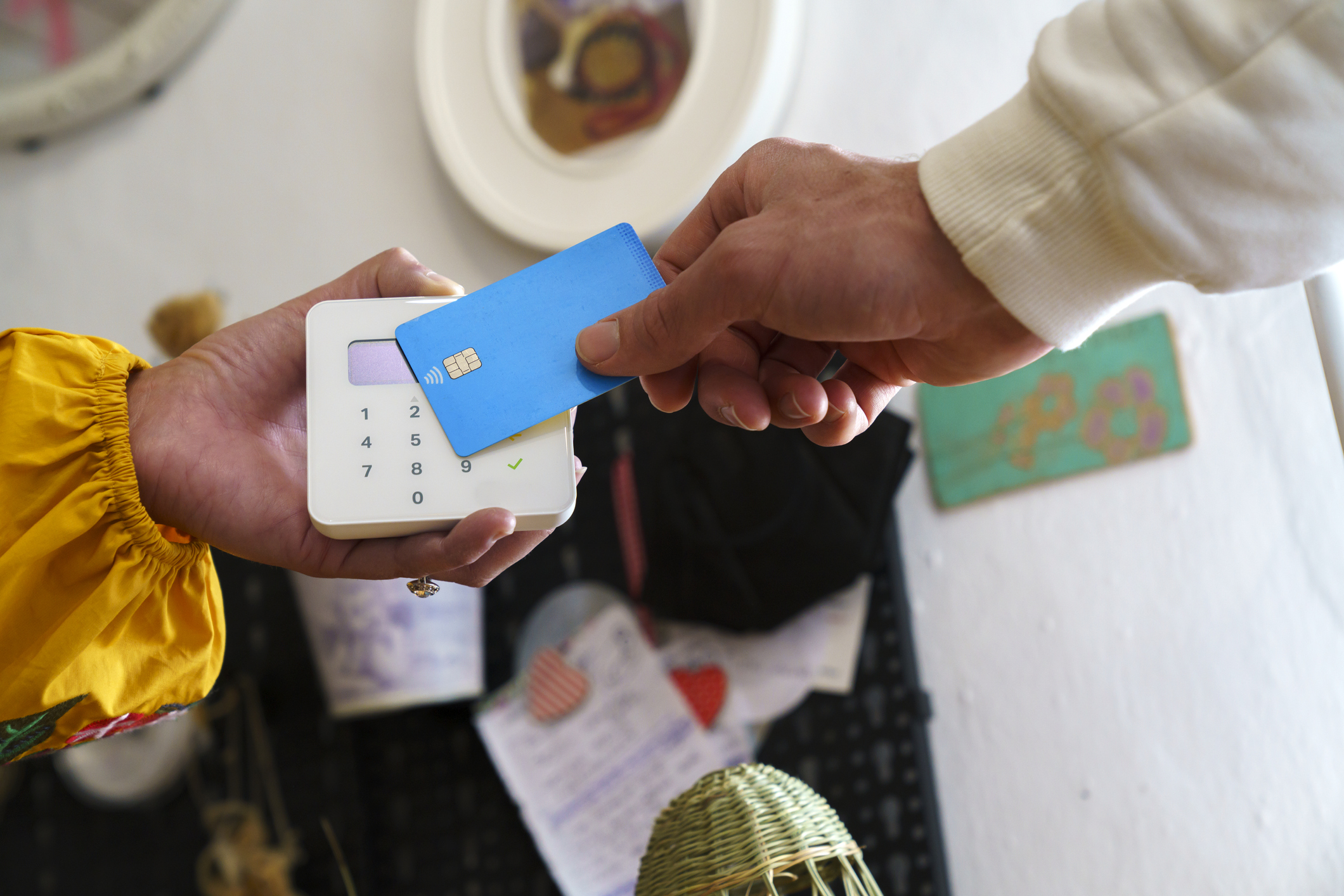 How to earn cashback on spending
How to earn cashback on spendingFrom credit cards and current accounts to cashback websites, there are plenty of ways to earn cashback on the money you spend
-
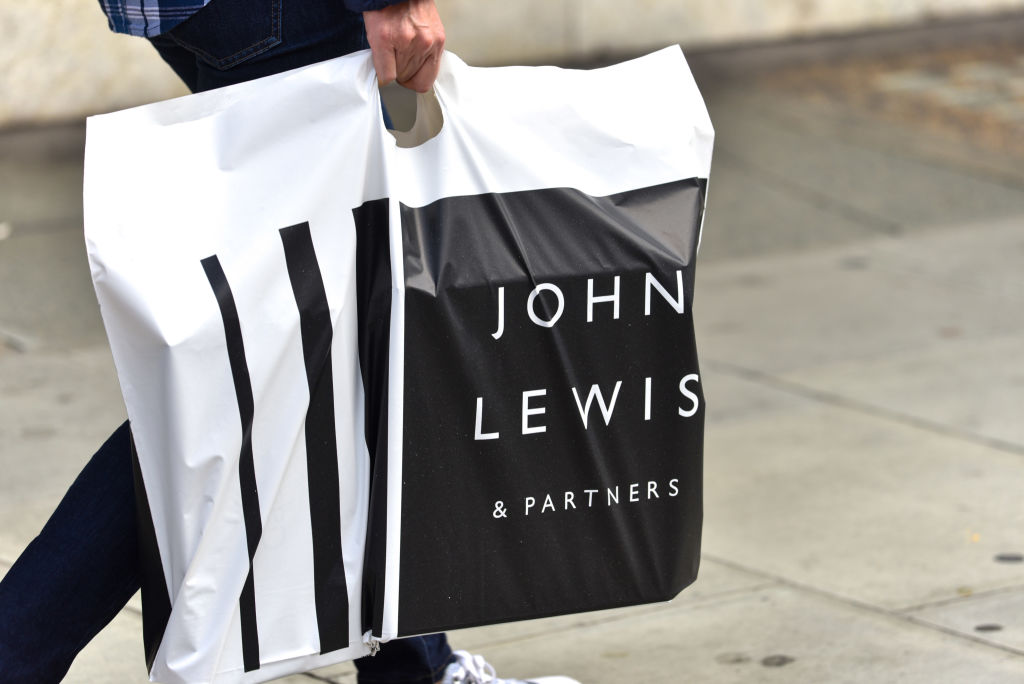 John Lewis mulls buy now, pay later scheme
John Lewis mulls buy now, pay later schemeThe CEO of John Lewis has said the retailer will consider introducing buy now, pay later initiatives for lower-priced items.
-
 State pension triple lock at risk as cost balloons
State pension triple lock at risk as cost balloonsThe cost of the state pension triple lock could be far higher than expected due to record wage growth. Will the government keep the policy in place in 2024?